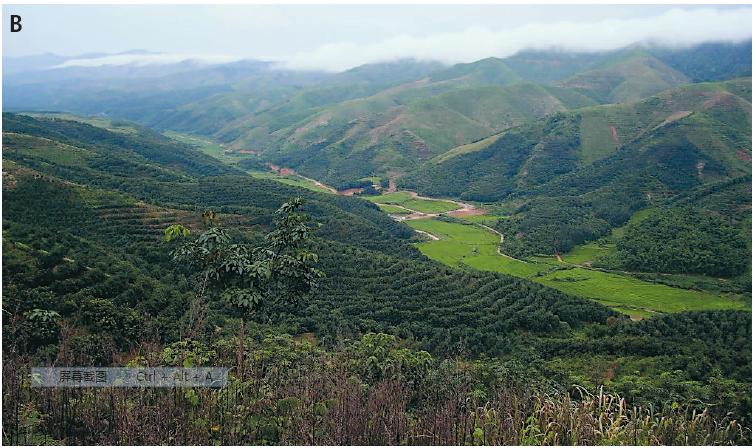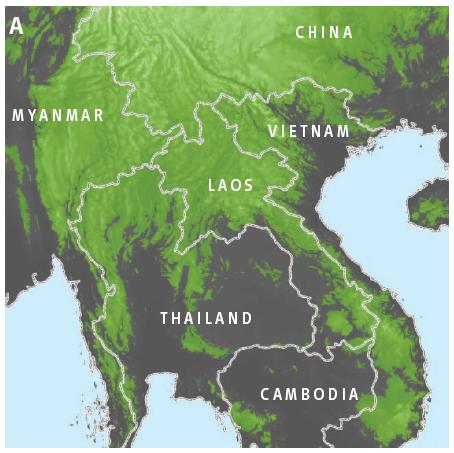Rubber Plantations are expanding rapidly throughout montane mainland Southwest Asia (1-3). More than 500,000 ha may have been converted already in the uplands of China, Laos, Thailand, Vietnam, Cambodia, and Myanmar. By 2050, the area of land dedicated to rubber and other diversified farming systems could more than double or triple, largely by replacing lands now occupying by evergreen broadleaf trees and swidden-related secondary vegetation. What are the environmental consequences of this conversion of vast landscapes to rubber?


The conversion of both primary and secondary forests to rubber threatens biodiversity and may result in reduced total carbon biomass . Negative hydrological consequences are also of concern—for example, in the Xishuangbanna prefecture of Yunnan province, China—but current data are too sparse to quantify the extent of the impacts. The effect of conversion to rubber on catchment or regional hydrology depends, in part, on the water use of the original displaced vegetation. Another factor is the degree to which rainwater infiltration is reduced when terraces are constructed on sloping lands. Unfortunately, a recent investigation into this issue in Xishuangbanna was terminated by regional authorities before sufficient data were collected .
The rapid emergence of rubber is the hall-mark of a larger land-cover transition that has been sweeping through montane mainland Southeast Asia in recent decades: the demise of swidden cultivation (also referred to as shifting or slash-and-burn cultivation).
To know more about it, please read The Rubber Juggernaut in Science.
DOI 10.1126/science.1173833
|


